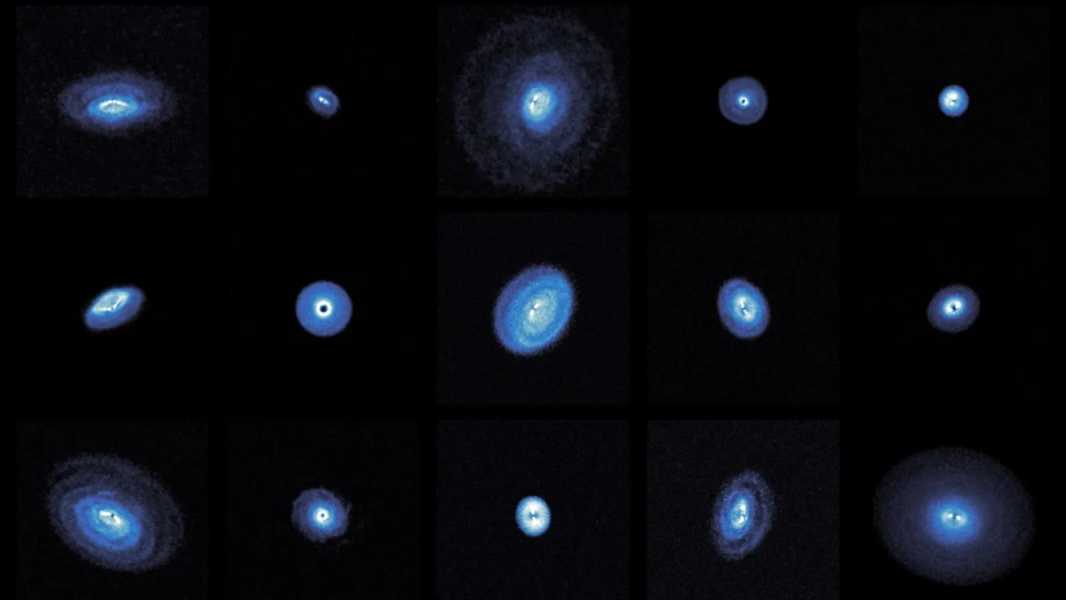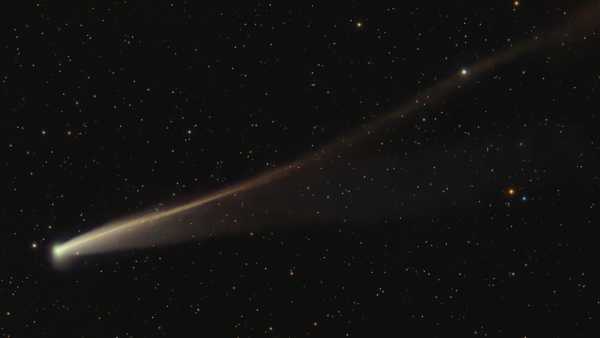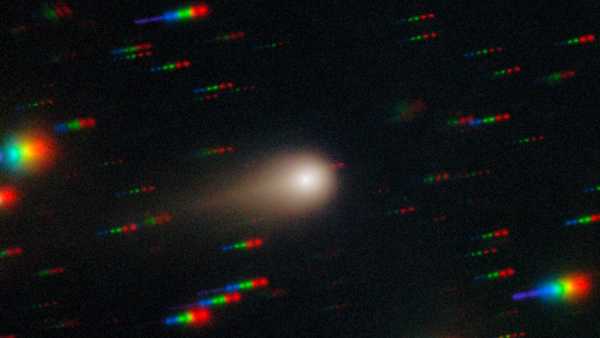
ALMA observations of carbon dioxide emissions from 15 protoplanetary disks have revealed a surprising diversity of gas formations, including gaps, rings and spirals. (Image credit: Richard Teague and the exoALMA collaboration)
Astronomers have managed to obtain the clearest and most detailed images of young solar systems, where planets are just beginning to form.
The elegant photographs, released April 28, provide a unique glimpse into the earliest phases of planet formation in more than a dozen star systems, revealing where planets are forming, how quickly they evolve, and what components they are made of. Scientists say the information could help improve computer models of planet formation and evolution, as well as provide new insights into how these youngsters compare to known mature exoplanets.
The high-quality, science-rich images were produced using advanced imaging techniques provided by the Atacama Large Millimeter/submillimeter Array (ALMA) in Chile. These technologies reduce distortion and improve clarity, enhancing astronomers' ability to more accurately map the formation of planets by revealing the finer structures within protoplanetary disks — the spiraling gas and dust that surround young stars, according to a statement.
The new techniques are “like going from reading glasses to high-powered binoculars,” said Richard Teague of the Massachusetts Institute of Technology, the lead researcher on the project, in a commentary. “They open up a whole new level of detail in these planet-forming systems.”

Four different types of protoplanetary disk surrounding the young star HD 135344B exhibit swirling vortex structures. These vortices can trap dust and create instabilities that facilitate the formation and growth of planets.
Using ALMA, Teague’s team captured images of 15 young star systems scattered across space, ranging from a few hundred to 1,000 light-years from Earth. Rather than relying on directly detecting the faint light of a young planet, Teague’s team looked for subtle clues that these young worlds leave behind in their environments — such as gaps and rings in dust disks, swirling motions of gas caused by a planet’s gravity, and other physical disturbances that hint at a planet’s presence. To identify these signatures, the researchers used ALMA to map the motions of gas in more than a dozen protoplanetary disks.
“It's like trying to spot a fish by looking at the ripples on the surface of a pond, instead of trying to see the fish itself,” said Christophe Pinte, an astrophysicist at the Institute of Planetary Sciences and Astrophysics in France who was also the lead researcher on the project.
Sourse: www.livescience.com





